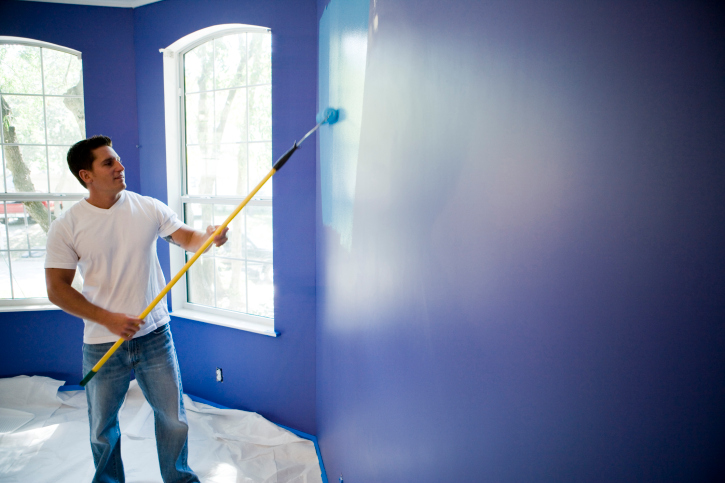Home Builder Index Stays Near Nine Year Peak

Home Builder Sentiment slipped to a reading of 57 in December according to the National Association of Home Builders Housing Market Index. November’s reading of 58 prompted analysts to project a reading of 59 for December. The latest reading marks the sixth consecutive month for readings above 50. Any reading over 50 indicates that more builders are positive about housing market conditions than not.
The one-point decline in December’s reading kept the NAHB Housing Market Index within two points of a nine-year high reached in September.
NAHB: Housing Market Index Suggests Slow Return to Normalcy
NAHB’s chief economist, David Crowe, said that December’s reading was in line with NAHB’s assessment that housing markets are on a “slow march back to normal.” Home builder confidence in conditions contributing to the NAHB Housing Market Index also fell in two categories while remaining unchanged in one.
The gauge of builder confidence in current market conditions moved from last month’s reading of 62 to 61. Builder confidence in upcoming home sales fell from 65 to 64, while confidence in prospective buyer traffic was unchanged at a reading of 45. These results are consistent with real estate market trends slowing during the holiday season and winter months.
Builders Challenged in 2014, Better Conditions Expected in 2015
Analysts said that steady builder confidence may be a result of builders surviving a tough year in 2015. Market conditions, unpredictable interest rates and higher costs of supplies along with high unemployment subdued builder confidence during 2014. The New Year brings prospects of easing mortgage standards and better labor markets, which are expected to boost builder confidence as more home buyers enter the market for new homes.
The Commerce Department is set to release Housing Starts for November on December 16; analysts expect an increase to 1.035 million starts on a seasonally adjusted annual basis as compared to October’s reading of 1.01 million starts. A positive reading for housing starts could further bolster home builder confidence for future readings.

 Are you feeling the “renovation itch” or perhaps looking for a fun project that you can take on which will provide you with a return on your investment? There are numerous home upgrades and renovations that can add value to a home without costing a large sum of money to complete.
Are you feeling the “renovation itch” or perhaps looking for a fun project that you can take on which will provide you with a return on your investment? There are numerous home upgrades and renovations that can add value to a home without costing a large sum of money to complete.